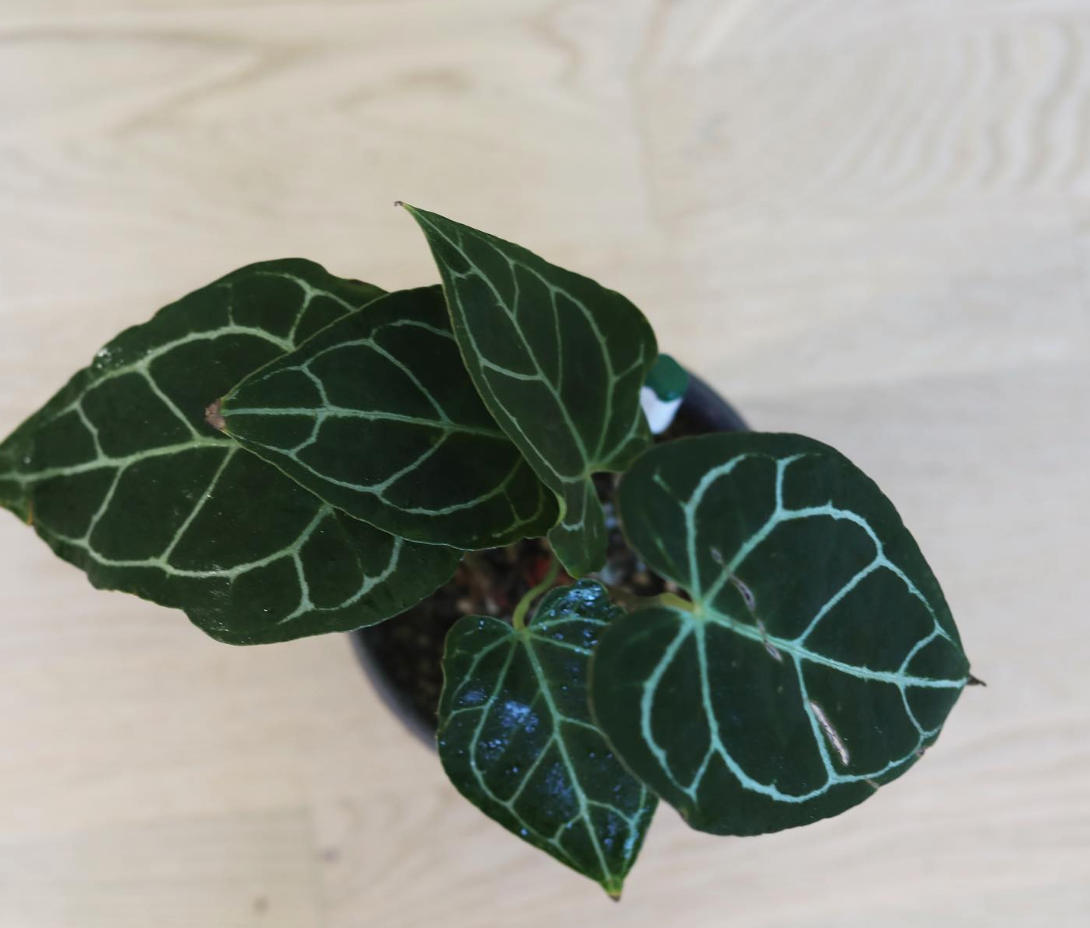Introduction Anthuriums, also known as Flamingo Flowers, are stunning houseplants that bring vibrant color and tropical charm to any indoor space. With their unique heart-shaped leaves and long-lasting "flowers," Anthuriums have become popular choices among plant enthusiasts. To help you care for your Anthurium and ensure its health and beauty, we've put together this comprehensive care guide. Whether you have the Anthurium Big and Bold, Anthurium Pink, or Anthurium Red variety, this guide will provide you with the essential tips to keep your plants thriving.
Light Requirements Anthuriums thrive in bright indirect light, making them ideal for well-lit indoor areas. Place your Anthurium where it can receive bright, indirect sunlight for at least six hours a day. However, avoid exposing it to direct sunlight, as this can burn the leaves.
Watering Proper watering is crucial for Anthurium care. Water your Anthurium when 50-75% of the soil volume is dry. Ensure thorough watering until water flows through the drainage holes at the bottom of the pot. Remove any excess water from the saucer to prevent waterlogging. Overwatering can lead to yellow leaf tips, while underwatering can cause brown leaf tips. Monitor the soil moisture and adjust watering frequency accordingly.
Humidity Anthuriums love a humid environment, mimicking their natural tropical habitat. Increase humidity levels by misting the plant regularly or using a pebble tray or humidifier, especially during dry winter months. This helps prevent dryness and keeps your Anthurium healthy and thriving.
Temperature Anthuriums prefer average to warm temperatures ranging between 65-80°F (18-27°C). Avoid exposing your plant to temperatures below 60°F (15°C) and keep it away from drafty areas, heating vents, air conditioning vents, or fans that may cause temperature fluctuations. Providing the right temperature conditions will contribute to the overall well-being of your Anthurium.
Feeding Feed your Anthurium every month during the spring and summer seasons. Use a fertilizer high in nitrogen or specifically formulated for Anthurium plants. Dilute the fertilizer to half the recommended strength and apply it only to damp soil to avoid root burn. Proper feeding ensures optimal growth and vitality for your Anthurium.
Pruning and Maintenance Regular maintenance is essential for Anthurium care. Prune spent flowers as they appear to encourage continuous blooming. If your Anthurium hasn't bloomed during the growing season, it may require more light. Additionally, remove dust from the wide leaves monthly to promote efficient growth. You can gently wipe the leaves with a damp cloth or take your plant to the shower and rinse off the leaves with lukewarm water.
Additional Tips
- Rest period: Provide your Anthurium with a six-week rest period during the winter by reducing watering and keeping the plant in a cooler location. This rest period helps stimulate more abundant flowering in the spring and summer].
- Leaf colors and varieties: Anthuriums come in various colors and foliage types. The care requirements generally remain similar, but leaf varieties like Anthurium superbum, Water Dragon, plowmanii, and Jungle Bush can tolerate lower light conditions.
- Toxicity: Keep in mind that Anthuriums are considered toxic to humans and pets if ingested. Take precautions to keep them out of reach of children and pets.
With proper care and attention, your Anthurium will reward you with its stunning foliage and long-lasting "flowers." Remember to provide adequate light, water appropriately, maintain humidity levels, and feed regularly. By following this care guide, you can enjoy the beauty of Anthuriums in your indoor space for years to come.

